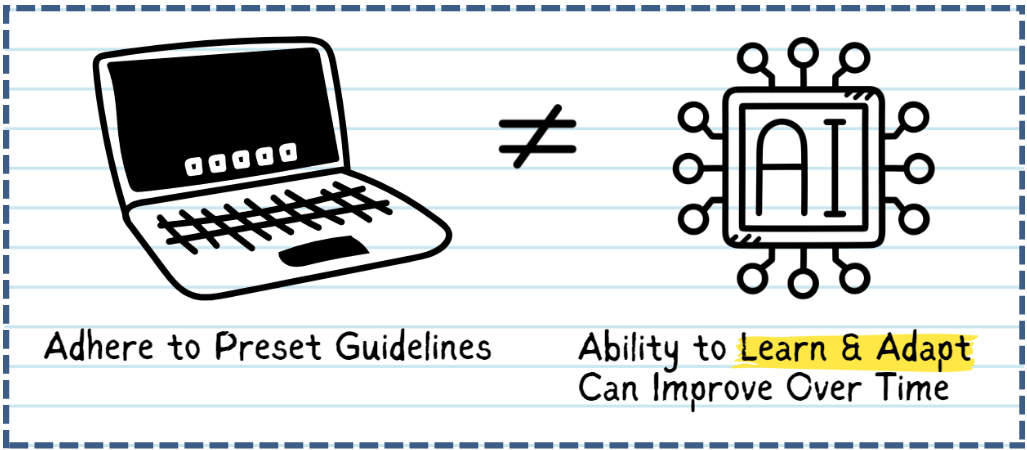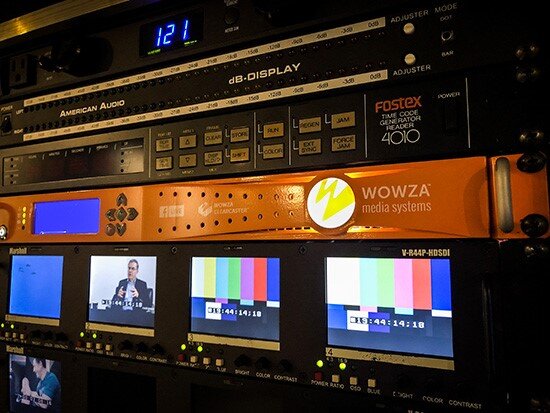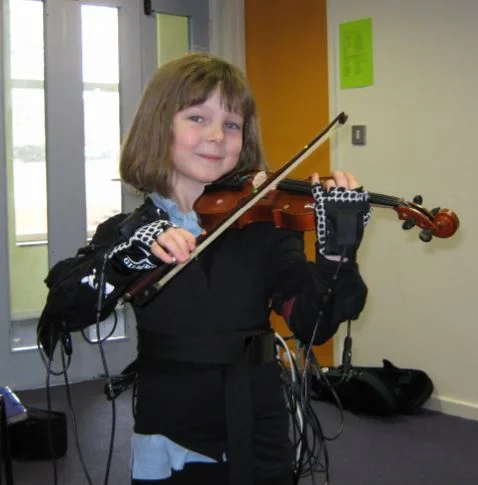Educators who are interested in implementing gamification into their lessons should consider their goal and learning style of their students. This article details three important factors to consider when planning a gamified learning experience: motivation, generational differences, and design. The article also includes examples of applications that use gamification in music learning that can be applied by arts managers.
STEAM Education and the Lego Model
In recent years, there has been a shift to an argument for STEAM (Science, Technology, Engineering, Arts, and Math), for the inclusion of the arts as one of the subjects that need to be focused on. In fact, the Every Student Succeeds Act (ESSA) includes the arts and music as part of a “well-rounded education,” which are eligible for receiving funding from the government. Changes in legislation have led to a push for wider adoption of this framework for education, but some educators feel that they do not have the training necessary to implement these new practices. Companies like LEGO Education are creating models and projects that make integrating arts and creativity with STEM practices easy in the classroom.
Gamification in Arts Education
Recently, arts organizations have also sought to gamify different aspects of their institutions to engage visitors, increase fundraising, or improve marketing objectives. Although many industries—like the arts—are developing gamification concepts, many are not applying them in the most effective way. For educational programs to effectively gamify the learning experience they must understand gamification and all its parts.
Case Studies of Livestreaming in Theatre: Part 2
When considering the medium of livestreaming for organizational programming, one must be aware of its many advantages and challenges. This second portion looks at two case studies. The first case study, The Geffen, set the precedent for non-Broadway theaters working with BroadwayHD. The second case study, The Orlando Shakespeare Theater, illustrates how a large regional theater can impact hundreds of classrooms with one performance, on a budget that is more feasible for regional theater companies.
Integrating Music Technology in the Classroom: Increasing Customization for Every Student
The following study investigates emerging technologies and their implications for music education, inside and outside the classroom. Learn how apps, digital instruments, practical aid technology, and wearable technology can be used to increase engagement and learning opportunities for music students in various settings.
Practical Considerations for Implementing Virtual Reality in Arts Educational Settings
The presence of Virtual Reality (VR) technology in arts education is growing. From museums to live music to healthcare and more, VR is beginning to change how we perceive the arts and learning. After all, this immersive experience has been proven to enhance the learning experience and achieve a higher retention of knowledge, quickly changing the learning environment. This research study investigates the opportunities presented by VR for arts education as well as the practical hurdles that need to be overcome to successfully use VR in K-12 educational settings.
What is Internet2 and How Can Music Education Programs Use It?
Imagine a network like the Internet, except exclusive in access meaning no commercialization. That’s Internet2, which exists to streamline network access for entities with a commitment to research and education.development. This paper examines the technology and its various uses to music organizations in both education and performance contexts.
Affordable Options and Funding Sources for Bringing VR into the Classroom
Using Technology to Assess Students in Music Education Programs
There are many ways that technology can aid in assessing students’ progress, for both the teacher and the student. One such application of technology in both the private or group music lesson is drill and practice software, which can “provide a more persistent learning since it allows a drill and practice at desired level and desired amount” (Nart 80).
Image Source: (Linden 535)
Internet2: A Faster Internet for Live Streaming and Music Education
Informing Education and Engagement through Audience Preferences for Social Mobile Technology
ReMasterpieces: A Machine Learning Powered Provenance Research Tool
Enhancing Museum Education: 3D Printing
Time Travel & Preservation in Museum Education
Actual Expense of Visual Arts Education Technology: Infographic
Going Beyond Google: Data Sources and Visualization
Blurring the Physical And Digital: 6 Takeaways for Arts Mangers from the Insight of Two Microsoft HoloLens Designers
White Paper Wednesday: The Classroom, Arts, and Tech
How Can MOOC Providers Create an Interactive Learning Experience in the Arts?
In this new publication, AMT Lab Contributor Wanqi Peng shares her research on the current state of arts education in Massive Open Online Courses (MOOCs). Included in the report is an overview of the field, a summary of trends in digital arts courses, and a course study following a pioneer of online arts education. Download the full report here.






















